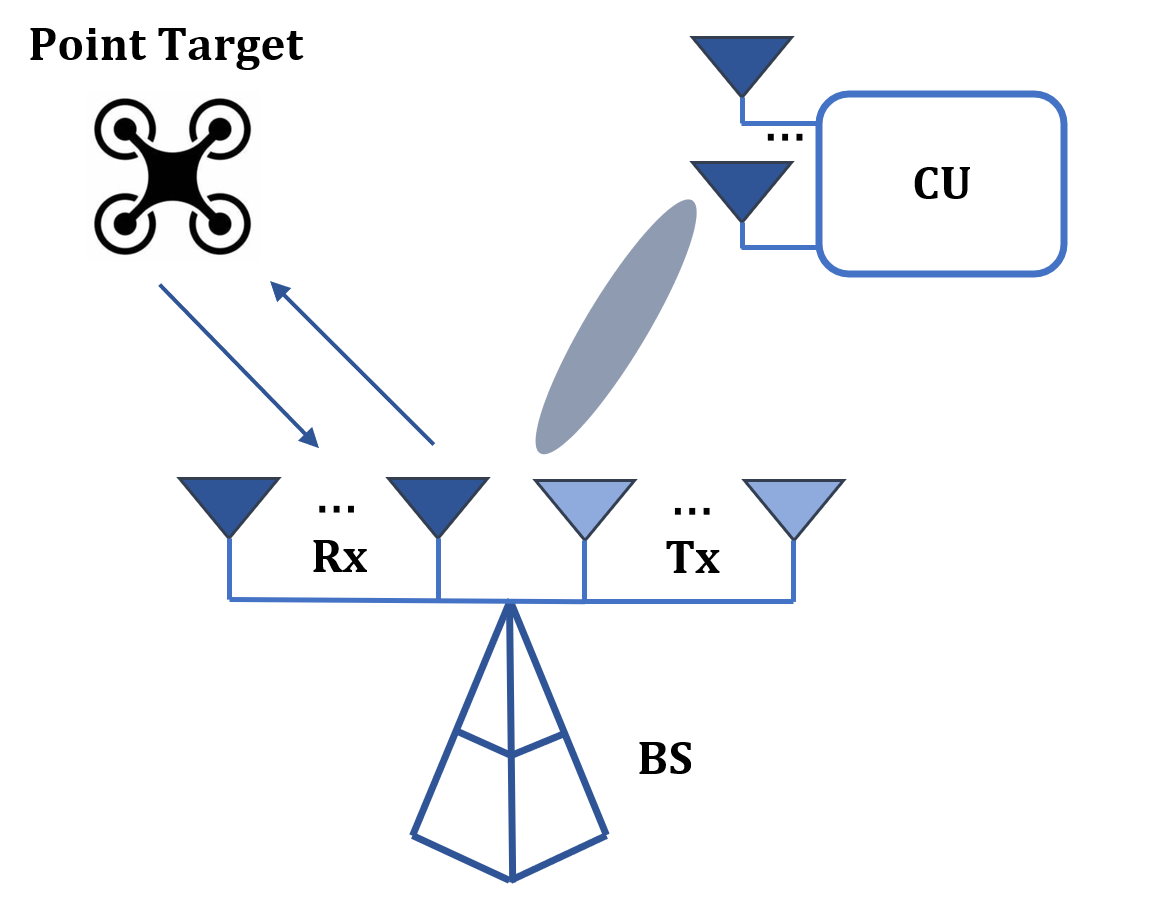This paper studies a multiple-input multiple-output (MIMO) integrated sensing and communication (ISAC) system, in which a multi-antenna base station (BS) sends unified wireless signals to estimate one sensing target and communicate with a multi-antenna communication user (CU) simultaneously. We consider both the point and extended target models. For the point target case, the BS estimates the target angle and we adopt the Cram\'er-Rao bound (CRB) for angle estimation as the sensing performance metric. For the extended target case, the BS estimates the complete target response matrix, and we consider three different sensing performance metrics including the trace, the maximum eigenvalue, and the determinant of the CRB matrix for target response matrix estimation. For each of the four scenarios with different CRB measures, we investigate the fundamental tradeoff between the CRB for estimation and the data rate for communication, by characterizing the Pareto boundary of the achievable CRB-rate (C-R) region. In particular, we formulate a new MIMO rate maximization problem for each scenario, by optimizing the transmit covariance matrix at the BS, subject to a different form of maximum CRB constraint and its maximum transmit power constraint. For these problems, we obtain their optimal solutions in semi-closed forms by using advanced convex optimization techniques. For the point target case, the optimal solution is obtained by diagonalizing a \emph{composite channel matrix} via singular value decomposition (SVD) together with water-filling-like power allocation over these decomposed subchannels. For the three scenarios in the extended target case, the optimal solutions are obtained by diagonalizing the \emph{communication channel} via SVD, together with proper power allocation over two orthogonal sets of subchannels. Numerical results are conducted to validate the proposed design.
翻译:本文研究多输出多输出(MIMO)综合感知和通信系统(ISAC),在这个系统中,多导量基站(BS)发出统一的无线信号,以估计一个感测目标并与多导量通信用户(CU)同时进行通信。我们考虑点和扩展目标模型。对于点目标案例,BS估计目标角度,我们采用Cram\'er-Rao绑定(CRB)角线作为感知性能衡量标准。对于扩展目标案例,BS估计了完整目标响应矩阵,我们考虑三种不同的感知性能指标,包括跟踪、最大流源值分配以及CRB矩阵用于目标响应矩阵估计的决定因素。对于四个具有不同CRB措施的假设,我们调查CRB和数据率之间的基本偏差,通过将可实现的CRB-RB-R(C-R)区域中的Pareto边界(C-RR)区域的拟议。我们用新的MI率为每种情景设定了最大度度,通过优化C-retaxal 将最佳变变变电压模型用于最佳变电压模型,我们用最佳变电压的Slexxxxxxxxx 以获得这些最佳变电压的变压压的压压压的压为最佳变压。





